Before mentioning in detail about classification of anchors and the review of their design, it would be for a start quite good to understand for what in principle the anchor is necessary? The answer is quit simple – the anchor is urged to provide the steady parking of the vessel on raids and in the high sea with depths, available to it. But there is more to come: the anchor device is also irreplaceable during mooring in the conditions of the extremely adverse weather, for example storm.
Design
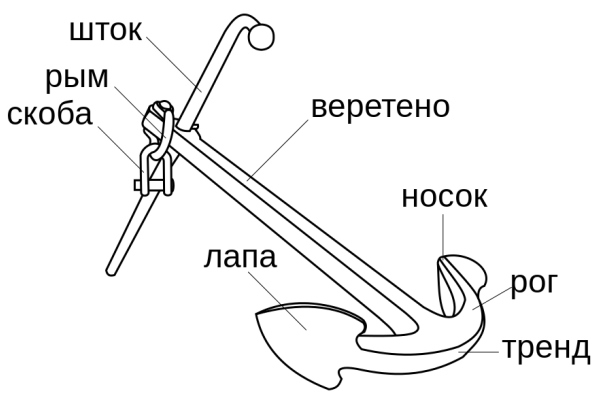
In a design of a classical anchor, for example, Admiralty, there are following elements: longitudinal core (spindle) which is an anchor basis. In the top part of a spindle there is a bracket, intended for fastening of an anchor to an anchor chain, and also horns in the lower part which pass in paws with edges — socks. Horns not movably fasten to the anchor basis, and knot of fastening is called the trend. The lower side of a trend is called a heel. In some anchors for increase in coupling with soil there is a rod — the core focused across a spindle.
Main types of anchors
Further we suggest to examine the most widespread types of anchor devices for today, and also briefly to describe their pluses, minuses and features.- CQR
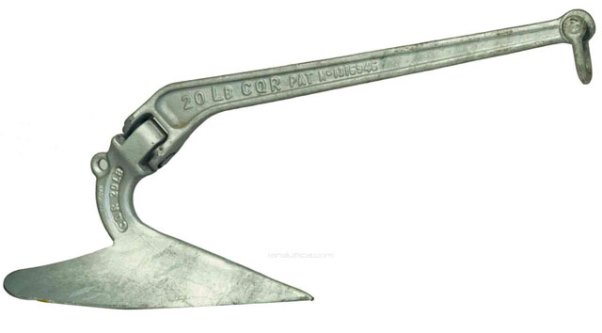
Cons. Badly takes solid soil, can lie down sideways and creep. Has the small size of paws that negatively affects the holding force in comparison with more modern anchors.
- Delta
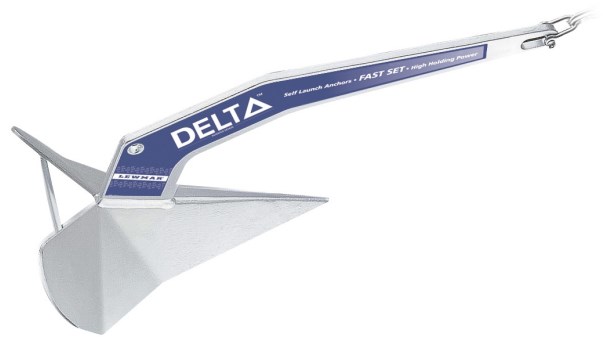
Cons. Same, as at CQR
- Bruce
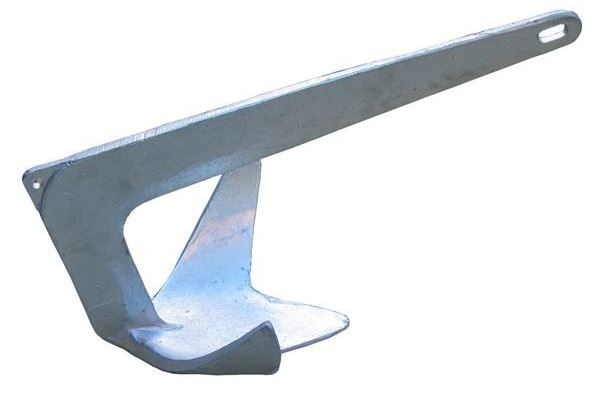
Cons. The majority of tests in which Bruce was involved, recorded rather small holding force.
- Danforth
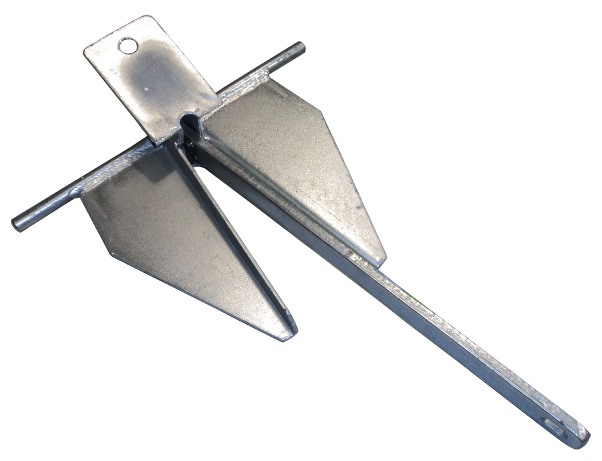
Cons. At a swing of the vessel standing on this anchor there can be a situation, at which anchor can be pulled out from soil by the anchor end which got between paws. The long spindle complicates procedure of storages of Danforthon the boat.
- Fisherman
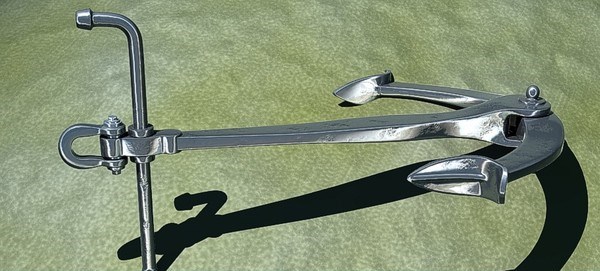
Cons. Narrow paws badly keep in silt and sand. A long rod at an angle of 90 degrees in relation to paws creates inconveniences in work with it on the deck. Assembly and dismantling of this anchor is necessary.
- Fortress

Cons. The main advantages of this anchor can be attributed little weight, swivel legs and high holding power anchor for such class of devices. It is great for a short stay in the sea in favorable weather conditions.
- Rocna
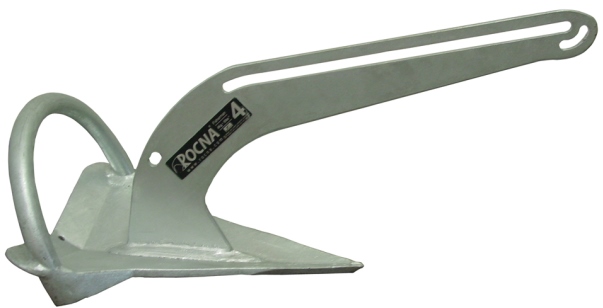
Cons. Big dimensions at the expense of what it is inconvenient to store.